Cargando...
Recursos educativos
-
Nivel educativo
-
Competencias
-
Tipología
-
Idioma
-
Tipo de medio
-
Tipo de actividad
-
Destinatarios
-
Tipo de audiencia
-
Creador
-

Biblioteca d'imatges de la cèl·lula
Irene Salomé Martínez Pérez Docente
- 2 lo usan
- 4416 visitas
The Cell: An Image Library™ is a freely accessible, easy-to-search, public repository of reviewed and annotated images, videos, and animations of cells from a variety of organisms, showcasing cell…
-
Remember - Animal nutrition
EduBook Organización
- 5146 visitas
Animals are heterotrophic organisms; they cannot make the organic material they need to eat. They can get organic material from other animals and from plants. Plants are the only living things that can…
-
Introduction - Animal nutrition
EduBook Organización
- 5031 visitas
Animals are heterotrophic organisms; they cannot make the organic material they need to eat. They can get organic material from other animals and from plants. Plants are the only living things that can…
-
End-of-unit evaluation - Plant reproduction
EduBook Organización
- 4714 visitas
Living things can reproduce. They use one or several of their cells to make organisms similar to themselves. There are two types of reproduction in plants and animals: asexual reproduction and…
-
End-of-unit activities - Plant reproduction
EduBook Organización
- 4678 visitas
Living things can reproduce. They use one or several of their cells to make organisms similar to themselves. There are two types of reproduction in plants and animals: asexual reproduction and…
-
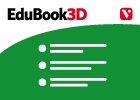
-
Summaries - The Earth, a Living Planet
EduBook Organización
- 3228 visitas
1. The beginning of life The Earth is the only planet in the Solar System that has all the conditions for life to develop. These conditions are its size, its distance from the Sun and the existence of…
-

Check. War and liberal revolution (1808-1814)
EduBook Organización
- 2974 visitas
Remember what you have studied in this section and answer the questions: Why did Charles IV decide to fight the French? Why did Godoy allow French troops to enter Spain? What were the three main phases…
-
End-of-unit activities - The Earth, a Living Planet
EduBook Organización
- 2832 visitas
The existence of water and a protective atmosphere were key elements for the appearance of life on Earth. The first cells appeared 3.5 billion years ago. From these early forms of life, different groups…
-
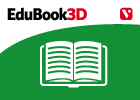
Non-renewable energy sources
EduBook Organización
- 2661 visitas
Non-renewable energy sources Coal Coal is a sedimentary rock because it is made up of the remains of plants and animals that died millions of years ago. We can extract coal by digging mines. When we…
Te estamos redirigiendo a la ficha del libro...













